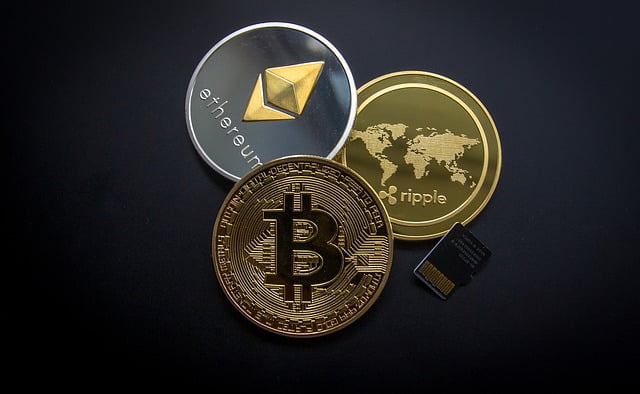As the Defi and NFT segments become more competitive, it becomes more difficult to keep track of all projects. Aggregators play a crucial role of importance in this industry. Without such services, it would be impossible to attract new investors and enthusiasts.
[soros]Q1 2021 hedge fund letters, conferences and more
The Importance Of DeFi And NFT Aggregators
As the decentralized finance and Non-Fungible Token industry keep growing and expanding, there is a lot more competition among projects and service providers. With hundreds of projects to choose from, newcomers have a tough time determining which options are worth exploring. Thankfully, there are various aggregator services capable of helping out with providing a better overview of these respective industries.
For both newcomers and advanced users, it is essential to make well-informed decisions. DeFi enthusiasts will look for a project providing the highest APR to offer a quick return on investment. As these values tend to fluctuate quite a bit, having a data aggregator will prove critical. These services help track the different APRs across projects to provide a more viable overview that anyone can understand.
The same applies to users who want to explore Non-Fungible Tokens, or NFTs. There are so many creators, marketplaces, and blockchains competing with one another for traction. Finding the best options on the market may prove challenging via normal means. Using data aggregators, such as the services below, can help alleviate some of these logistical concerns.
Let’s check 3 aggregators.
The Force Trade
As a relatively new data aggregator, TheForce.Trade specializes in keeping tabs on both NFT and DeFi projects and ecosystems. As a platform that connects to the majority of Web3 wallets – including TrustWallet, MetaMask, and others – users will be presented with their DeFi and NFT wealth on the Binance Smart Chain and other blockchains. Moreover, they will see the best yield farming opportunities in DeFi and the liquidity pools.
Pros and cons: At this time, the NFT functionality is not accessible yet, but will be integrated soon. It is worth noting that TheForce.Trade supports Binance Smart Chain, HECO, and Ethereum. All three chains are vital in the DeFi and NFT world, but the developers should not overlook the other viable ecosystems either. The user interface of TheForce is good, although the color scheme may be subject to personal preference.
Zapper
The majority of DeFi enthusiasts will be familiar with Zapper, a platform providing valuable insights into the decentralized finance world. Its dashboard helps users track their net worth across the different blockchains and categories, including NFTs, staking, yield farming, and liquidity pools. Moreover, everything is organized across the different platforms for a convenient overview and access to one’s DeFi portfolio.
Pros and cons: From a convenience standpoint, Zapper checks a lot of the right boxes. Its support for Ethereum, Polygon, BSC, and Fantom will prove valuable to many users. However, there are DeFi and NFT efforts to be found on dozens of blockchains today, most of which are not accessible within the Zapper framework today. As such, its usability is limited for many users, which is something the developers may want to look into.
CryptoSlam
Last but not least, there is CryptoSlam, a service solely focusing on NFT data aggregation. It has a convenient yet straightforward overview of the NFT collectible projects ranked by sales volume. It is interesting to see how so many different projects across different blockchains and ecosystems are tracked. Most people will only know a handful of these ventures, but the NFT space has grown a lot more competitive in recent months.
Pros and cons: As a data aggregator, CryptoSlam does a few things rather well. It has an overview of all prominent ecosystems, as well as the top sales and live sales. Moreover, the platform keeps tabs on current marketplace offers. Unfortunately, that may not necessarily be sufficient to be of value to the people who are not in the cryptocurrency or NFT industry already. It is a solid platform for advanced users, but nice enthusiasts may need something simpler to get acquainted with this new paradigm.
Closing Thoughts
There is a lot of competition among DeFi and NFT ecosystems. Data aggregators provide a more convenient overview of what is happening, but not all are accessible or easy to use in this stage. There are some good options outlined above for suers who prefer tracking assets and collectibles across different ecosystems. Those who are merely interested in NFTs will find the information they need as well.
The lack of usability and user-friendliness is to be expected among first-gen data aggregators. Similar to the industries they represent, user-friendliness remains an aspect that needs significant improvements. The foundation has been laid to build something viable for the future, which is exactly what the broader industry needs today.





